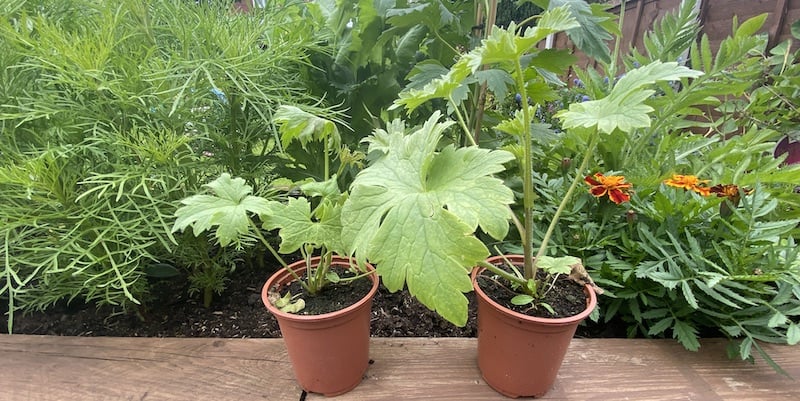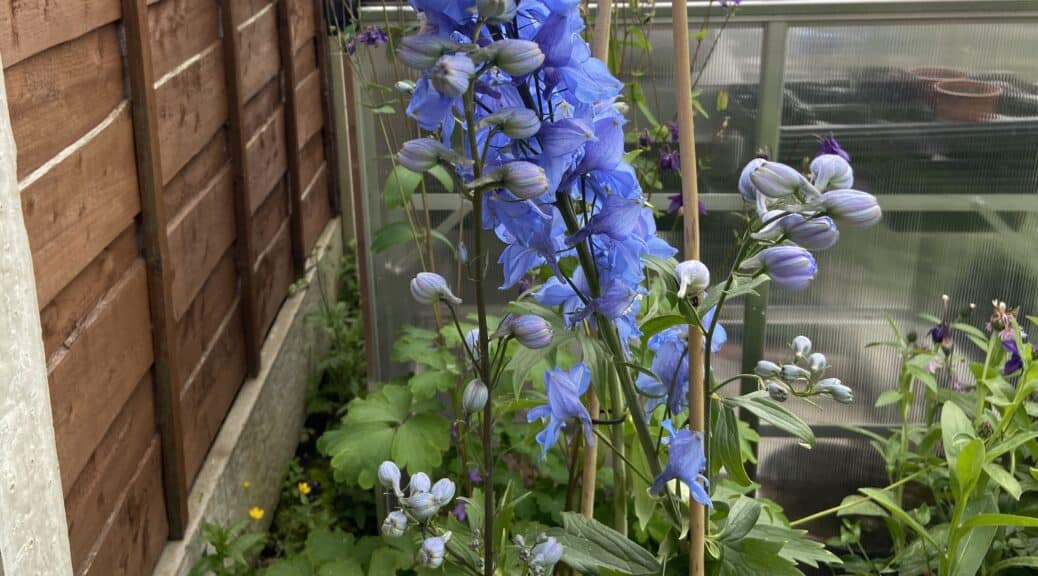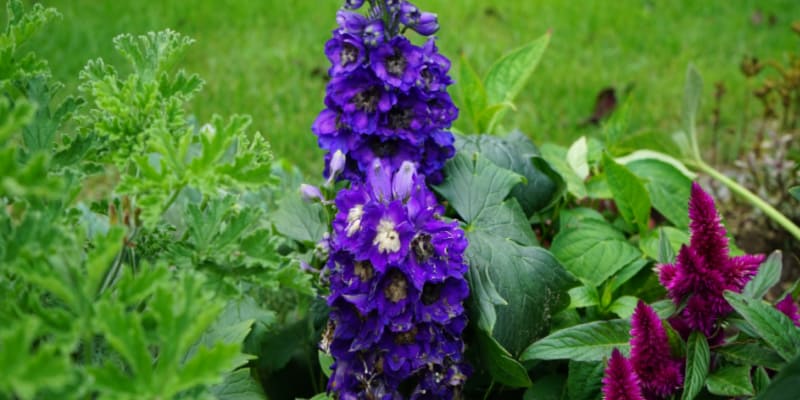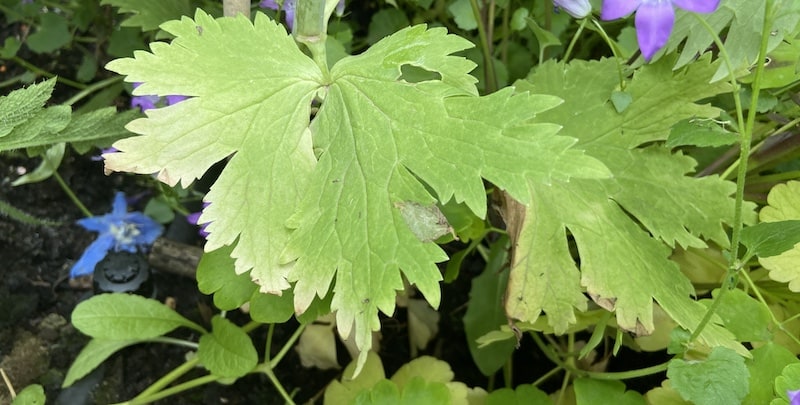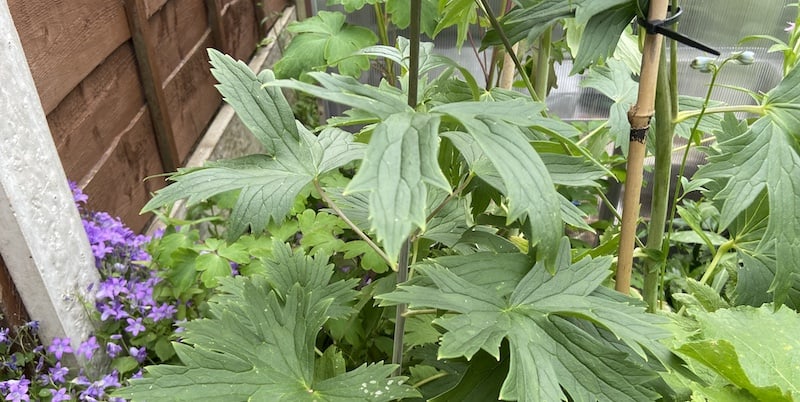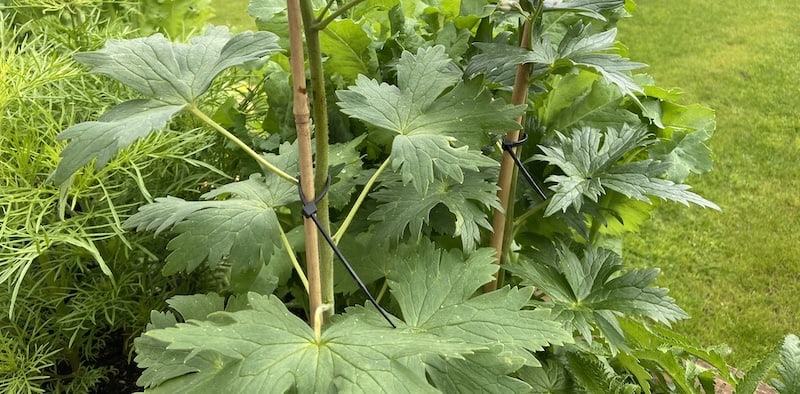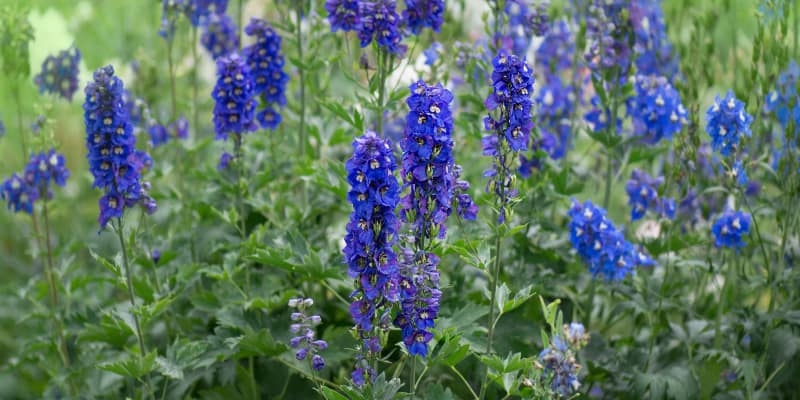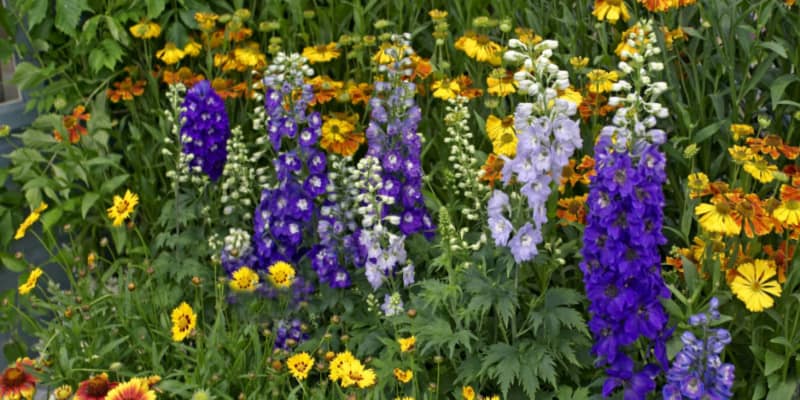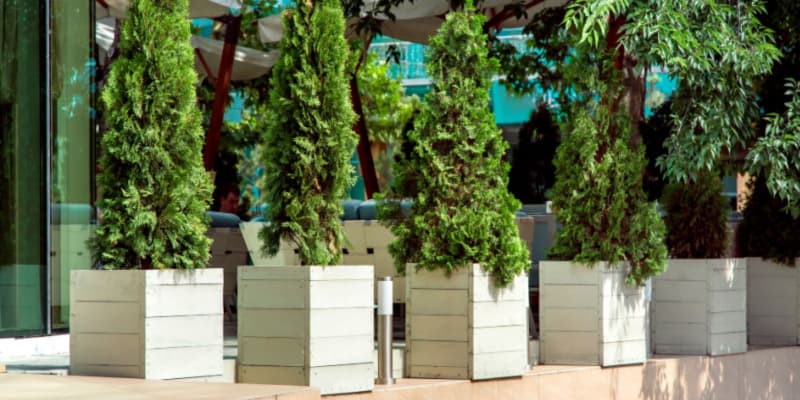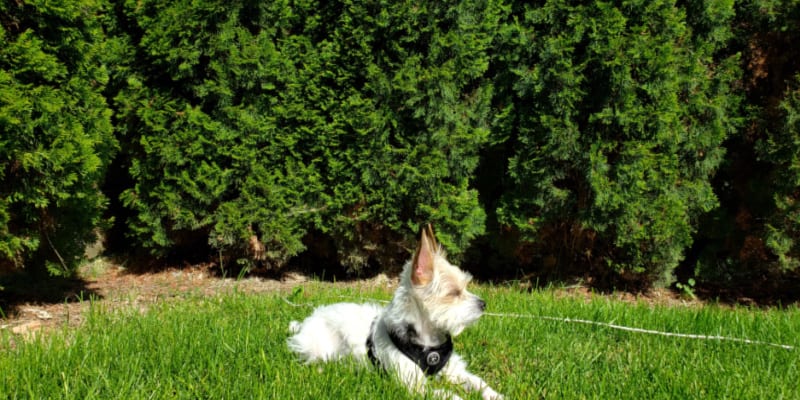How to grow delphiniums from cuttings
Taking a cutting from delphiniums in order to grow a new plant is one way of propagating delphiniums and is probably my favourite way to propagate delphiniums but it’s not the only way. (See Growing delphiniums from seed for another way) but I also like to divide them every 3 years which I cover in this guide in more detail. Growing delphiniums from cuttings takes some attention to detail. In this guide below though, I show you how to take…
